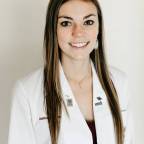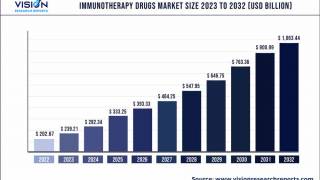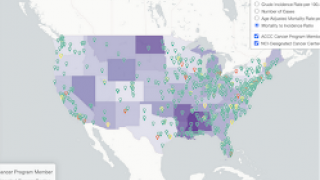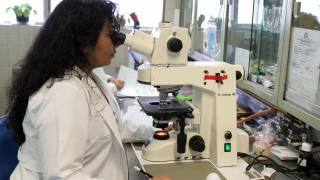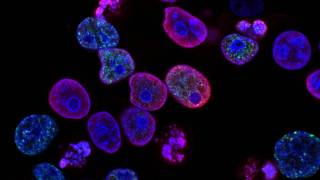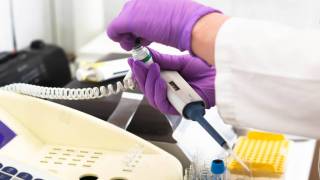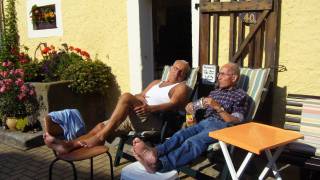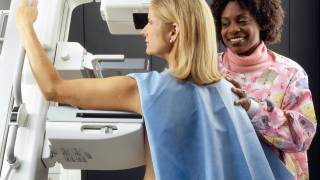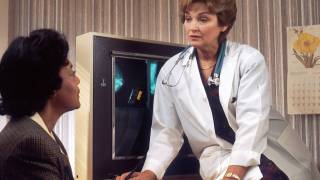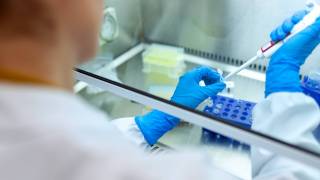Why are Nurses and OB/GYNs Missing HPV Vaccination Opportunities?

Why are so many women missing cancer vaccination opportunities? Empowering nurses may be the solution.
Yale University researchers found that 66 percent of young women had at least one missed clinical opportunity to receive human papillomavirus (HPV) vaccine during a visit to an obstetrics and gynecology clinic.
OB/GYN clinics missed an average of 1.3 opportunities per visit.
These Yale researchers identified the “missed opportunity” during OB/GYN visits as postpartum check-ups, sexually transmitted disease screenings, or appointments for contraceptives.
Of patients with at least one missed opportunity, 26.5 percent had received an injectable medication or other vaccines as part of their OB/GYN treatment.
“One trend that we observed is that for many of these ‘missed opportunity’ visits, the patients were meeting with a nurse only,” said Senior author Sangini Sheth, M.D.
“For example, patients who use the injectable contraceptive, Depo Provera, come to the office every three months for a nurse to administer the injection.”
Dr. Sheth and the other Yale researchers see this as an opportunity to revise current practice processes.
“If we can create a clinical culture where nurses are empowered to discuss, recommend, and administer the HPV vaccine, we could potentially affect the rates of immunization for a population like the one we studied.”
In the United States, HPV will infect most sexually active males and females in their lifetime, according to the Centers for Disease Control and Prevention (CDC).
Among women ages 18-59 in 2013-2014, about 40 percent had a genital HPV infection.
“Nurses are always allies and partners in care, especially in preventive and primary care medicine.”
Yet, rates of immunization for HPV remain low overall in the United States.
Dr. Sheth said, “There is still an important role for providers in vaccinating young adult women for HPV.”
And, the most available providers are pharmacists.
Pharmacists’ accessibility and interactions with the public may help increase HPV vaccine coverage.
A recent study suggests that a pharmacist-led HPV vaccine provision could increase vaccine coverage.
Twenty-nine percent of respondents reported interest in vaccinating their children at a pharmacy.
Parents who were willing to have their children vaccinated at pharmacies were more likely to believe:
- pharmacists are skilled at vaccine administration,
- the HPV vaccine is as important as other adolescent vaccinations, and
- pharmacies can improve vaccine access.
The vaccine GARDASIL 9 is approved for use in more than 60 countries, delivering protection for the greatest number of HPV cancer types.
The two-dose HPV vaccine is recommended for girls ages 11-12, and those age 18-26 should receive the three-dose “catch-up” vaccination.
The CDC Vaccine Price List provides the private sector vaccine prices for general information. HPV vaccine discounts can be found here.
Vaccines, like any medicine, can have side effects, says the CDC.
You are encouraged to report negative side effects of vaccines to the FDA or CDC.
These Yale University findings are published in the American Journal of Obstetrics and Gynecology.
The other authors on this study include Carlos R. Oliveira (corresponding author), Robert M. Rock, Eugene D. Shapiro, Xiao Xu, Lisbet Lundsberg, Liye B. Zhang, Aileen Gariepy, and Jessica L. Illuzzi.
The study was funded by grants from the American Cancer Society, the Robert E. Leet and Clara Guthrie Patterson Trust, and the National Center for Advancing Translational Science at the National Institutes of Health. No conflicts of interest were disclosed.
Ziba Kashef: [email protected], 203-436-9317
Our Trust Standards: Medical Advisory Committee
- Opportunities to vaccinate young women against HPV missed at alarming rate
- Parents' willingness to get human papillomavirus vaccination for their adolescent children at a pharmacy.
- Missed Opportunities for HPV Immunization Among Young Adult Women
- Pharmacists’ Attitudes and Perceived Barriers to Human Papillomavirus (HPV) Vaccination Services
- HPV Vaccines Working Overtime, Delivering Results
- Human Papillomavirus (HPV) Statistics


